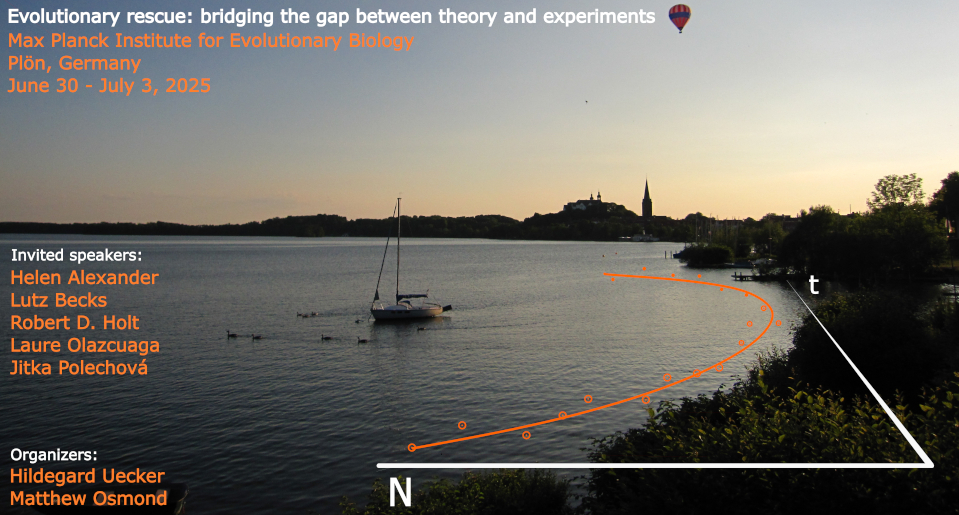Speaker
Description
Evolutionary rescue helps populations survive environmental change, but the phenotypic and demographic factors associated with rescue dynamics and its long-term effects remain unclear. We experimentally evolved 10 wild-collected populations of flour beetles from across India in a suboptimal corn resource for 70 generations (>5 years), collecting >10,000 population census points book-ended by measurements of fitness-related traits for 30 experimental lines. Despite clear ancestral trait differences, all lines showed highly parallel evolutionary rescue within ~20 generations. Long-term population size varied across source populations and was positively correlated with ancestral development rate, which increased convergently across populations and emerged as the single best predictor of population performance during and after evolutionary rescue. Notably, population dynamics during rescue were uncorrelated both with ancestral trait distributions and post-rescue adaptation. Our results support prior work showing founders as key predictors of adaptation, and highlight the role of founder traits for long-term adaptation and trait evolution following evolutionary rescue.

